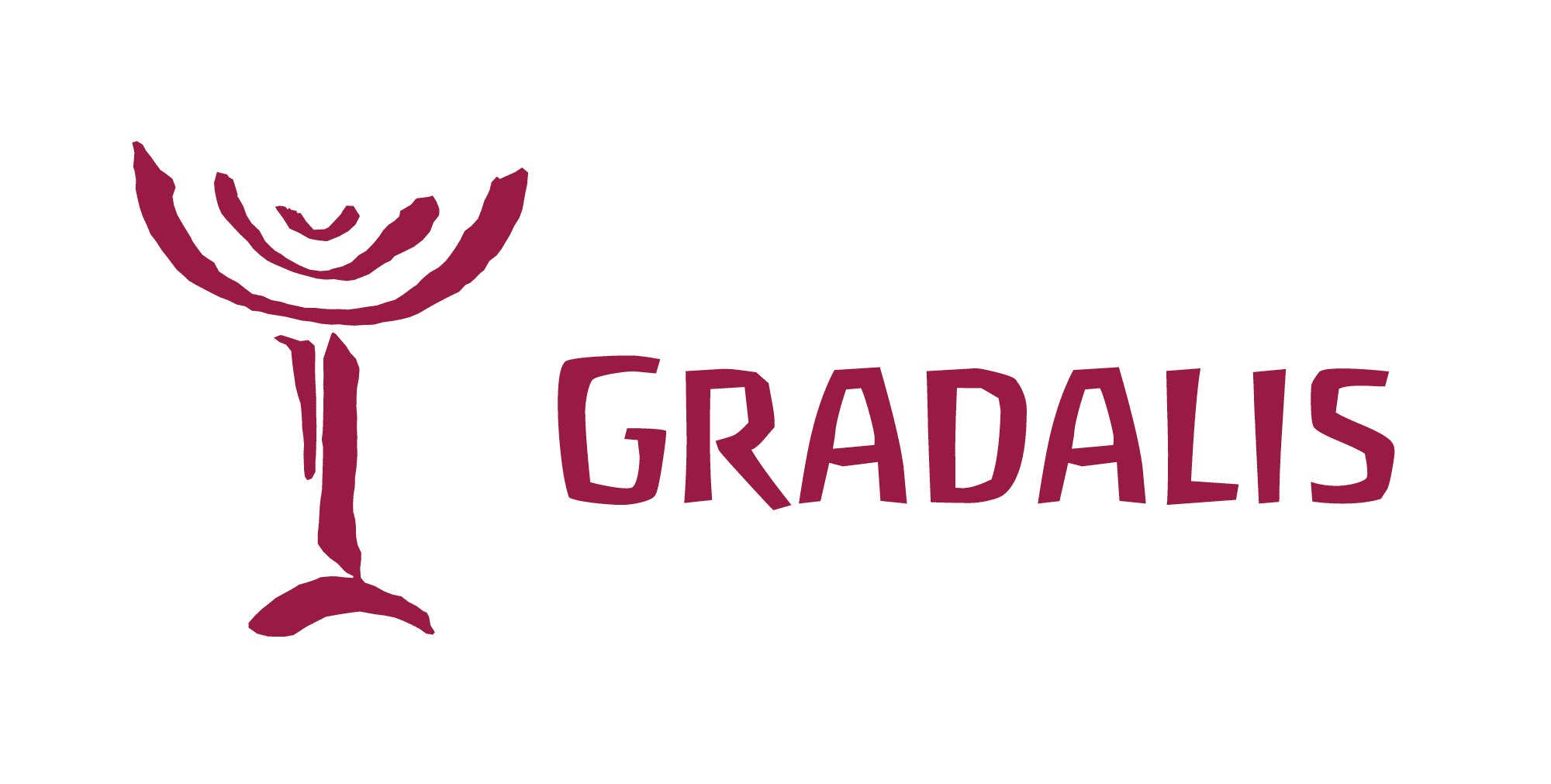The Language Arts in Waldorf schools are taught in the order in which language developed historically. Humans begin with listening, then speaking emerges, then pictures in hieroglyph or ideogram, and only then does the alphabet arise as we know it today. This is how humanity came to writing. Without stories in the oral tradition, and then writing emerging from that, reading would never have come to pass as a human activity. There would have been nothing TO read!
The first grade student recapitulates this process and thereby establishes a far deeper relationship with the purpose and skills of literacy. Reading is a skill that rests on top of a foundation of listening, speaking, drawing and movement that is taught in the Early Childhood curriculum. These pre-reading skills, in their turn, rest on a foundation of the healthy physiological development of the eye, the ear, and the hand (writing is a motor activity!). Writing is taken up in the First Grade and continues all the way through the 8th and beyond. Waldorf students first become writers on the road to Reading!
When all four Language Arts of listening, speaking, writing and reading are taught in this way, from whole to parts (story to alphabet), then the student can understand how to bring the parts back into the whole (alphabet to story). Then phonics, word analysis and spelling can be learned in a context that makes sense to the child. Eye tracking left to right, correct use of space on a page from left to right, and from above to below, handwriting consistency, posture, and pencil grip are reinforced as supports to writing and reading. All these factors are taken into account in a Waldorf classroom!
Listening to Literature
Fairy Tales are the literature content of the Language Arts curriculum in First Grade. Each tale is told orally by the teacher, retold by the children as a group, and artistically rendered by each child individually. In this way we develop the comprehension skills of inner visualization, recall, sequencing, characterization, plot, and cause and effect. While this is important for true reading, the fairy tale carries deeper archetypal soul qualities that feed the 7-year-old child’s need for understanding how human beings behave. The Fairy Tales are chosen from original Grimm’s collections, Celtic Fairy Tales, and Fairy Tales from Europe, South America, Africa, Asia and Native American sources as well.
Speaking in Poetry and Verse
By reciting and slowly memorizing many examples of beautiful and meaningful poetry, children develop faculties for distinguishing the basic sound combinations (phonemes) that make up our language. Children who learn to enunciate well are also better spellers. Vocabulary is increased, and listening skills are called into play as the children learn to modulate their voices by hearing themselves in a group.
Writing/Reading: Reading Introduced in a Waldorf Curriculum
These are two sides of a coin that requires a healthy eye and a healthy ear, as well as the inner focus and strength of will to apply these senses. In writing we hear the sound, and have to know the symbol that represents it. While reading we see a symbol/letter, and then have to recall the sound represented by that symbol/letter we see. In writing we go from the whole to the parts (story to spelling), and in reading we go from the parts to the whole (word analysis to story). In first grade we introduce both of these processes!
Important Distinction
A very important distinction can be made: The letters do not make sounds. Human beings make sounds. The letters stand for sounds!
Out of the Fairy Tales come pictures drawn by the children, and in these drawings naturally arise the shapes of the consonant letters. The sound represented by the letter emerges naturally in this process. Hence sound –symbol correspondence is taught both artistically and phonetically. For example:
M arises from the mountain in the Fairy Tale Simeli Mountain.
B arises from the shape of the bear in Bearskin.
P arises from the porridge pouring out of the pot in Sweet Porridge.
This sets the stage for applying phonics to spelling in writing as well as word analysis in reading, all the while surrounding the child with the beauty and purpose of language as an art as well as a skill. The vowels are taught through story in a similar fashion, with stories connoting the auditory differences between sounds.
Nature Stories within the Language Arts blocks
Nature Stories and activities are a theme throughout the year. Selected stories, verses, poems and activities set the stage for writing and then reading groups of sentences, recognizing common sight words, and reading back what the children themselves have written. The students memorize several poems, so that their memory of the words as a whole (remember reading is learned whole to parts) helps them to recognize the individual words as sight words. Students can practice reading these sentences forwards, backwards, and also by selecting individual words. Their tasks are to read the selected verse first from the board, then copy the line of text into their book, and then illustrate the page. Students can also pair up and read to each other. The children can create their own individual drawings to reflect the ideas in the poem. In a sense, this is their first reader, which they have written themselves.
Individual Timing
Each child has their own individual timing as to when reading emerges, the same as when their teeth fall out, or when they come to other milestones such as walking, speaking, and thinking independently. I suggest that it doesn’t matter WHEN one learns to read. Instead it matters not only that one DOES learn to read, but the big question is, what does one DO with what one reads?
For more information on this subject watch this video by clicking HERE.
For other topics Check out our Resources Page.
